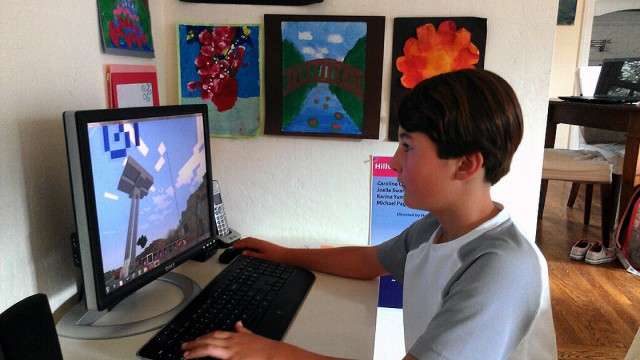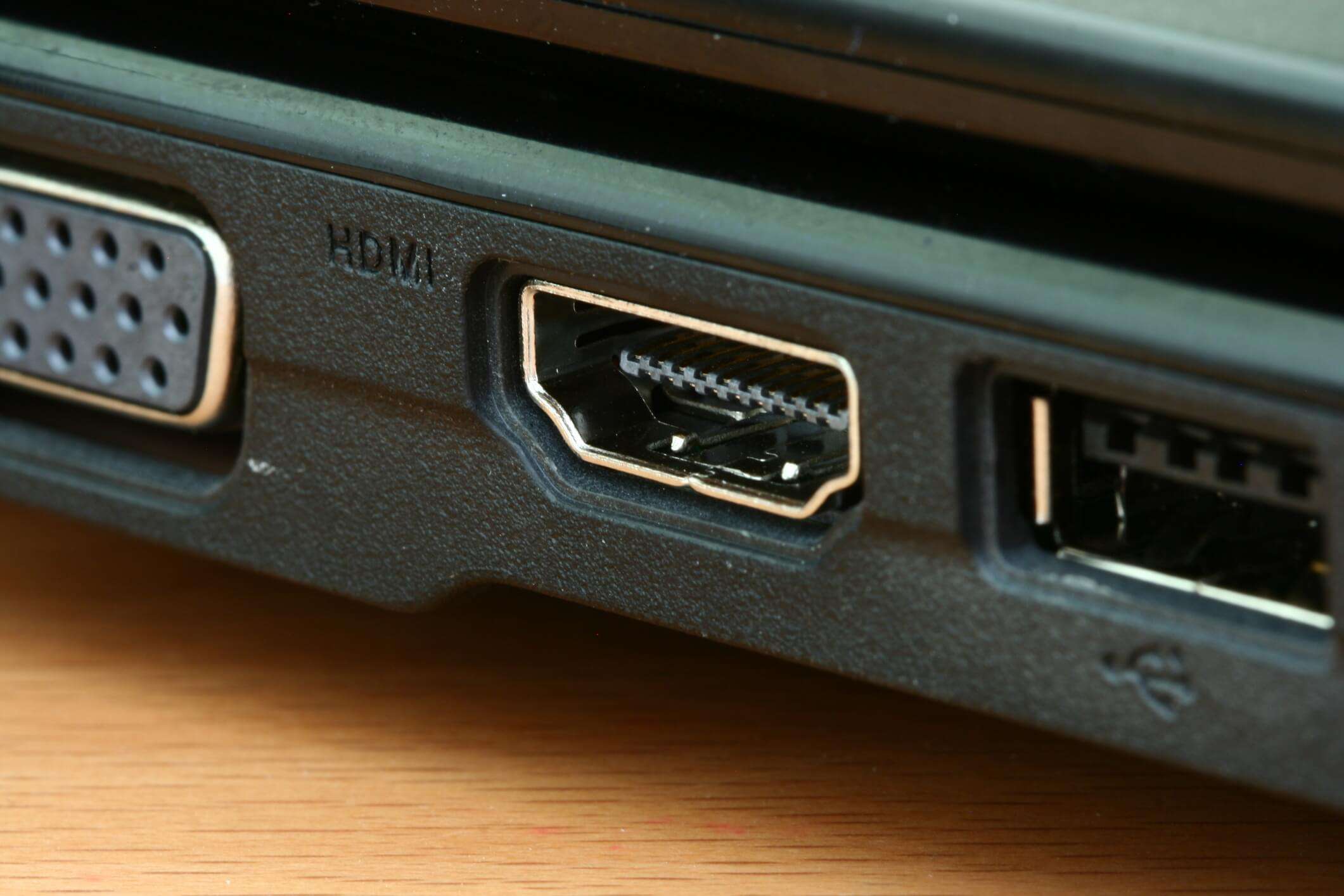Choice Boards: How to Use for Differential Learning?
Learning through projects and presentations is the best way to ignite curiosity in students. Remote learning is becoming popular with the recent pandemic scenario. Thus, learning must be effective and happen independently without the help of a teacher. Is it possible? Choice boards have changed the entire perspective of the education system. It enhances student engagement and motivation and promotes learning.
Choice boards must meet the needs of students. They can be either printed out or assigned virtually to improve remote learning. Choice boards provide liberty and flexibility for the students to choose their tasks. CBSE schools in Chennai, like Babaji Vidhyashram School, believe that choice boards can make students dig deeper into their homework and assessment topics. Choice boards are essential, whether learning remotely or in a hybrid style.
An Overview Of Choice Boards
What Are Choice Boards?
Choice boards consist of squares denoting an activity. They are graphic organizers that help students practice and learn concepts. Students will have the freedom to choose one or more activities and progress from one to another. They can do so randomly or in an organized manner. The approach depends on the student’s preference and learning style.
Need for Choice Boards in a Classroom
Students must practice and master every concept taught in the class. Structuring these activities is not an easy task. Teachers must understand that certain children have a varied learning style requirement. Choice boards are a great strategy to simplify a lesson. Students can plan and address their learning requirements. Thus, choice boards are easy to enhance learning amongst children with interest.
Choice boards provide students:
- Power to choose a concept
- Ideas on how to learn a subject
- Freedom to work at their pace on assigned activities
- Better engagement and active learning
- Independence, accountability, and responsibility in learning
How to Design Choice Boards?
You can design a choice board for any subject or concept. Make it a point to revolve around the topic or learning. The activity you structure into the choice boards must stimulate the learning process. The stepwise procedure in designing a choice board is:
- First step – Design a choice board to identify the academic goal or core concept.
- Second step – Plan the activities so that it provides a variety of methods to approach and learn. You can effectively identify students’ preferences, interests, and learning readiness.
- Third step – Arrange the activities based on levels of complexity in ascending order.
- Fourth step – Mark additional instructions for every activity. This depends on the creativity of the teacher. The tasks can be a group or individual activity.
- Fifth step – Allot a free square and offer a choice for students to perform a task independently.
How to create choice boards for differentiated instructions?
Follow these tips to help children with varied learning capabilities. Design choice boards by:
- Creating activities for auditory, visual, kinesthetic, and read-write learning styles.
- Assigning weekly projects, assessments, homework, and tasks.
- Mentioning detailed requirements and instructions under each activity.
- Encouraging them to follow tic-tac-toe patterns to learn. They can choose activities vertically, horizontally, or diagonally and finish them.
An additional credit slot will encourage students to learn with motivation. Eventually, a choice board helps empower students to bring out their potential.
Role of Choice Boards in Assessments, Homework & Remote Learning
Assessments
Choice boards offer an alternative and a new dimension to the classroom. They help students show their mastery of a topic. Choice boards will be helpful for educators to check the student’s understanding. IB schools in Chennai, like International Village School, assign every assessment through a choice board.
Certain students might prefer traditional assessments. Thus, it would help if you kept it as an option amongst the choice boards. Give liberty for students to create their choice boards. This will help them follow through and be responsible for their actions.
Homework
You can substitute choice boards in place of the homework. It serves as a medium to engage parents with what children learn at school. This develops an education-centered family time. It makes the parents aware of the ongoing topics in the school curriculum. Let’s be clearer on how this works. When a parent is curious to know about the homework, a choice board will give them insight into the entire topic.
Teachers must guide students through the process. Practicing in the classroom will let students know what to expect in their homework. As a teacher, you must evaluate the access issues and limitations. Consider the technology, parents’ time to assist, and access to learning materials. Design the homework after evaluating the restrictions. By doing so, the child will derive maximum benefits.
Remote Learning
As we all know, remote learning has been gaining popularity recently. The COVID outbreak is shifting most physical schools to operate online. Thus, choice boards play a significant role here. Educators can send out the activities via the learning platform. They can encourage children to finish their assigned work on time. However, the teacher must monitor the student’s work to see if they meet the expected standard. Working from home is challenging for both ends and hence requires constant guidance.
Wrap Up
You can choose your favourite strategy to create a choice board as a teacher. It must satisfy the requirements of your student and need not emphasize perfection. The more experience you gain putting together a choice board, the more benefits you will reap. Despite the time spent, you will feel happy when young minds learn effectively.










